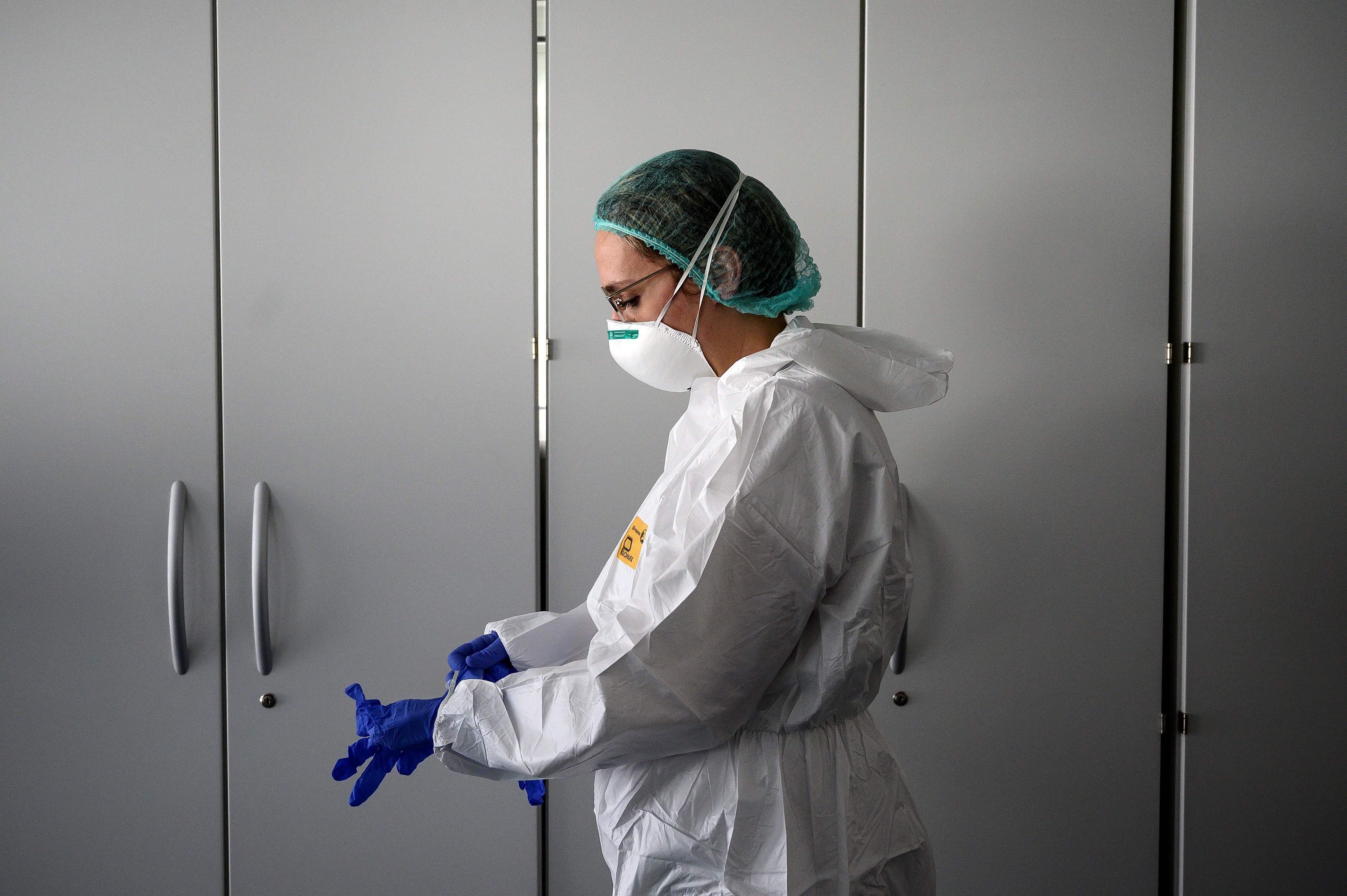
Scientists have shown in mice that two proteins required for the entry of the novel coronavirus into the body are produced by cells involved in odour detection in the nasal cavity, a finding that may explain why some COVID-19 patients experience partial or total loss of the sense of smell.
The study, published in the journal ACS Chemical Neuroscience, also noted that larger amounts of the two proteins are made in older animals than in younger ones.
According to the researchers, including those from the Reno School of Medicine in the US, unravelling the biology behind the loss of sense of smell may aid in the development of more accurate diagnostic tests.
They said the novel coronavirus, SARS-CoV-2, still holds many secrets, one of which is how it causes loss of smell -- even in infected people who have no other COVID-19 symptoms.
The virus hijacks two proteins to invade human cells -- the cell surface receptor ACE2 and the protease TMPRSS2, the study noted.
However, it is still unclear which cells in the olfactory epithelium -- the tissue lining the nasal cavity -- expresses these proteins, and could potentially be infected by the virus, the researchers said.
In the current study, the scientists studied the expression of the two proteins in mice, and how their levels change with age.
Using several methods, they found that the proteins are expressed in sustentacular cells, which are cells of the nose that help transfer odours from the air to neurons.
"We show that the cell surface protein ACE2 and the protease TMPRSS2 are expressed in sustentacular cells of the olfactory epithelium, but not, or much less, in most olfactory receptor neurons," the researchers wrote in the study.
Based on the findings, they suggested that the sustentacular cells are involved in SARS-CoV-2 virus entry and impairment of the sense of smell in COVID-19 patients.
The scientists also added that older mice made more of the proteins in the nasal cells than younger mice.
If this held true even in humans, they said the research may explain why older people are more susceptible to SARS-CoV-2.
The scientists called for future studies to examine whether sustentacular cells can pass the virus to nerves, which could provide SARS-CoV-2 a route to infect the brain.